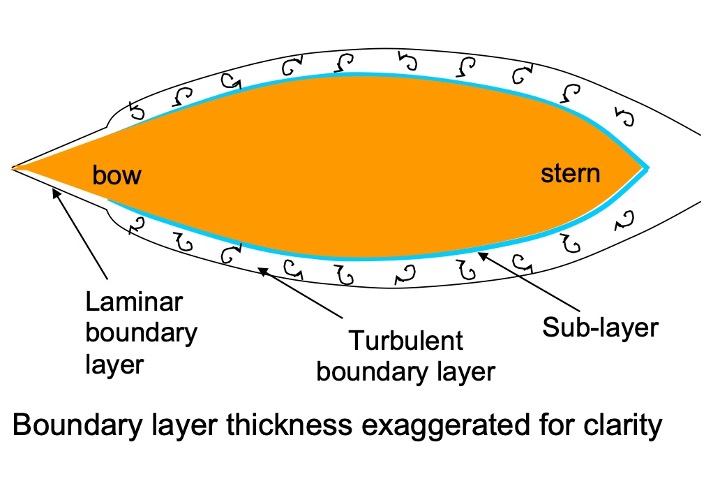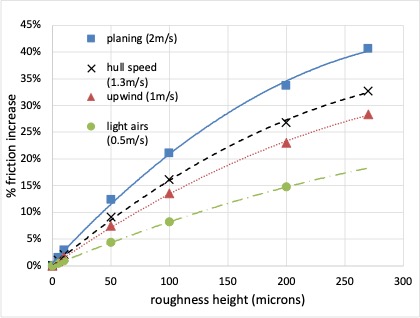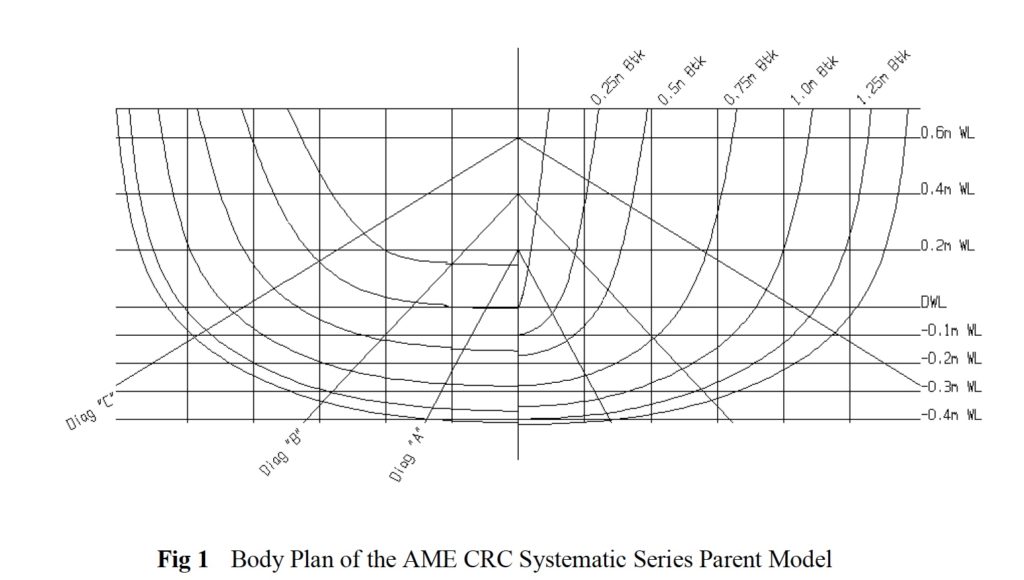Hull roughness basics

Hull roughness for model yachts

Whereas the article above gives the classic description of hull roughness effect for yachts and ships, things are very different for radio controlled sailing yachts. This is because they operate at a lower Reynolds number than full size vessels i.e. shorter length and lower speed. The paper below delves into this problem in an attempt to answer the simple question: how smooth should the hull of a model yacht be for best performance? The answer is complicated and incomplete.
Effect of some parameters on model yacht performance
Stability and capsize
AMECRC systematic yacht series

The Australian Maritime Engineering cooperative Research Centre (AME CRC) was a national maritime research body comprising 26 orgnaisations from industry, government and academia. It operated from 1992 to 1999. I was the leader of the Yacht Research program (as well as being the leader of the Education program and the Regional Manager for Western Australia). The yacht research program established what was then the second largest standard series for yacht hulls (the Delft series was the largest), with 14 hull forms tank tested and analysed.
Decision support method of design
Chines on cruising yachts
Matching hull and rig efficiency
This brief note is the justification I provided of a statement I made in a sailing forum, that it was pointless putting a high efficiency rig on a low efficiency hull.